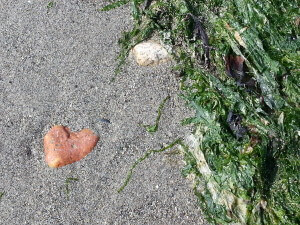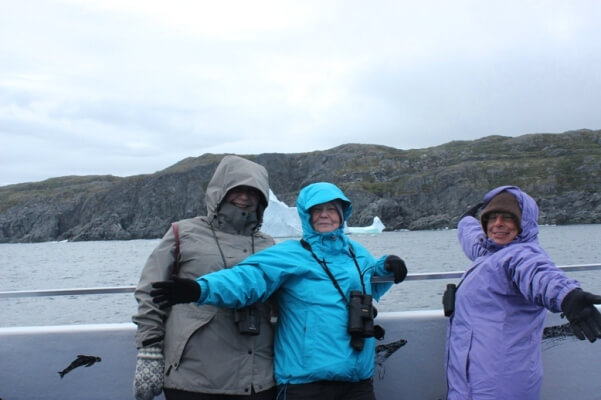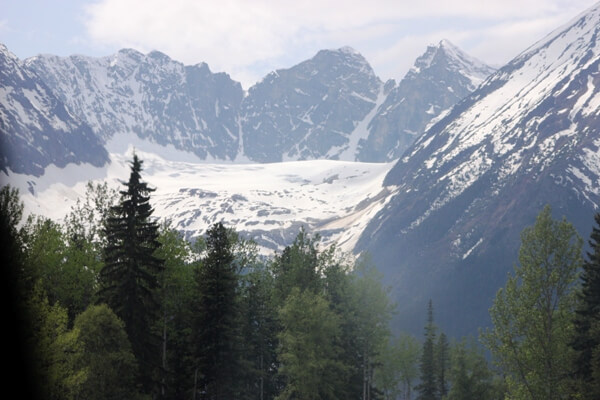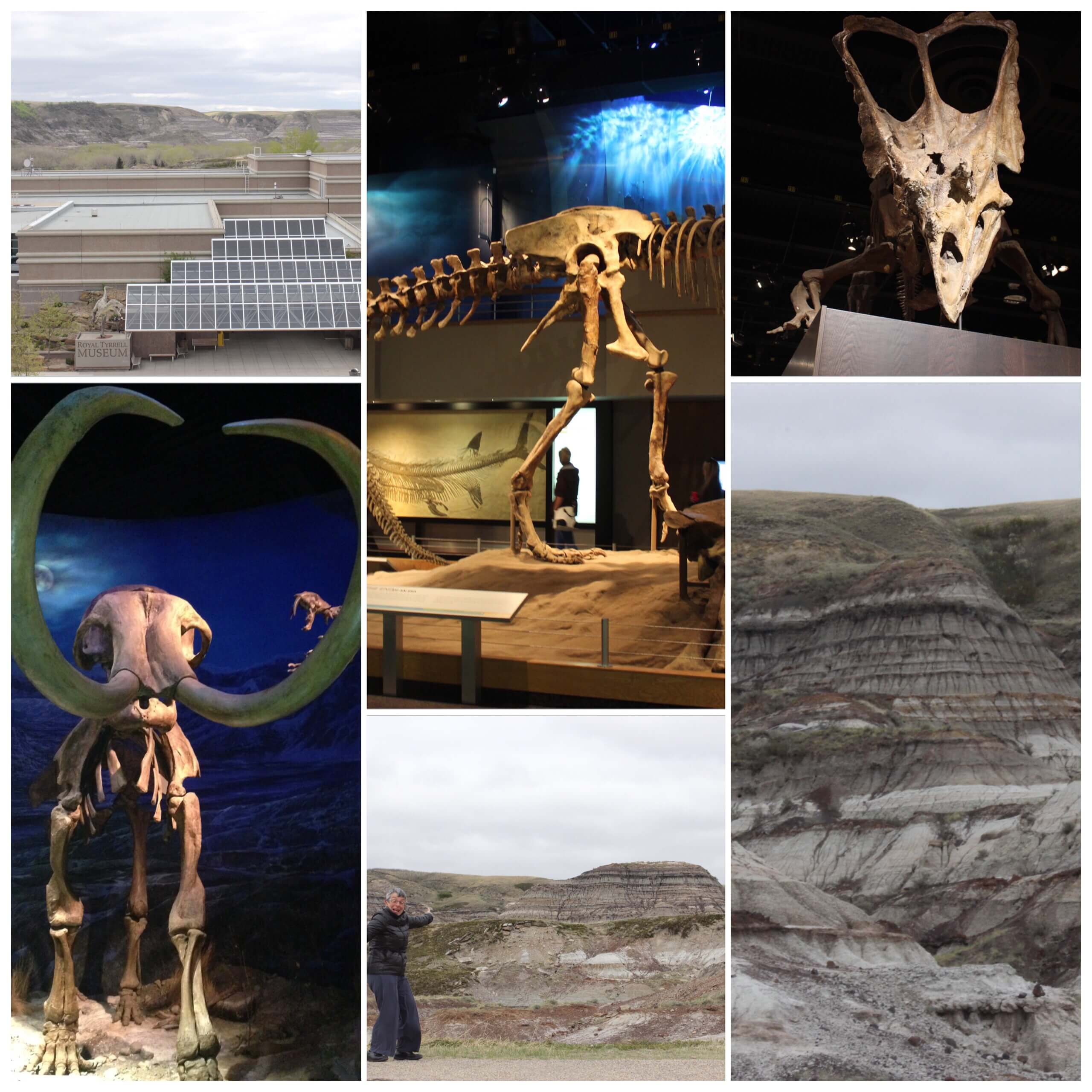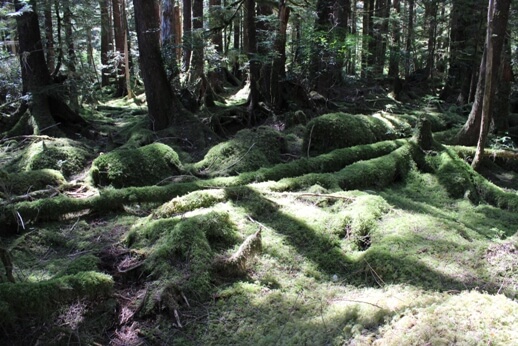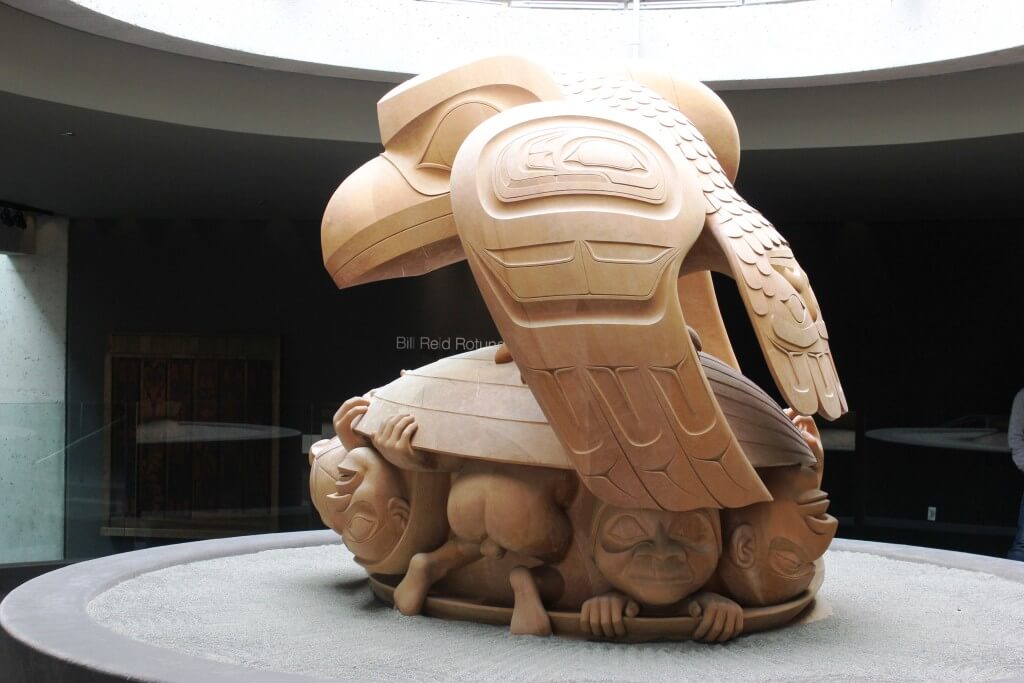 Day 12. Vancouver. Wednesday 29th April 2015
Day 12. Vancouver. Wednesday 29th April 2015
Breakfast at Ann’s- much to Chris’s disappointment. He so wanted the $4 Brake-fast – egg and cheese bun at Tandem Bike Cafe again.
Chris now writing:
“So I chant Om and eat muesli trying to smile whilst thinking of a real breakfast.
Ann has offered to take us to the UBC Museum of Anthropology (MOA) which is part of the University of British Colombia (UBC) via a walk along the beach.
On the way she picks up a friend, Wendy and takes us all for a walk along a beach on Vancouver Harbour.
On the drive to the beach we chat with Wendy who is delightful. Talk turns to Canadians saying sorry all the time Chris says that he thinks Canadians suffer from “pathological niceness”. Wendy replies without a pause “I am sorry about that!”
I guess you had to be there but we found that pretty funny.
During the walk I did my thing and lost my little notebook where I was keeping notes about the trip.I retraced my steps and came to this “shrine” which we had seen earlier.No one appears to know why it is here or who it is for but someone leaves fresh flowers there daily.Right in the middle of the shrine someone had placed my notebook-strange and spooky!
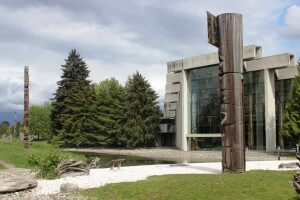
Anyway on to the MOA and what a place!
The architecture is tall and open which is a perfect setting for the (totem) poles that meet you at the entrance.
There are some great things about Canadian museums in general-they are really well kept and fresh-everything works and they are not afraid to be controversial when it comes to indigenous or First Nation issues.
They have a great pride in what they have got whilst acknowledging the problems and this is reflected in these institutions.
The MOA has some interesting features, whilst it has a focus on the three main tribal groupings in British Columbia (The Haida, Musqueam, and Kwakwaka’wakw peoples).
It also has objects from all around the world including Australia. Whilst I get squeamish about how they might have got some of these objects they seem pretty transparent about them and have them openly available for research.
One of the other neat things is that they have as many of their items on display as possible-so if they can’t fit them in the main cases they have them in sliding drawers under the cases.
They also had an exhibition about the origins of Vancouver using the First Nation name of C̓Esnaʔəm: The City Before The City. Just for the record they also use the word ‘Aboriginal’ to describe the indigenous population.
Anyway to try and summarise the exhibits is impossible but I will try and describe what I saw as the highlights.
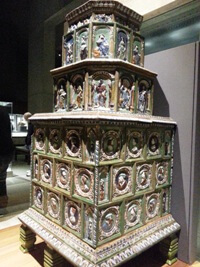
We got a terrific volunteer guide who took us on an hour tour around the exhibits.
The first part was surprising as it was a display of European ceramics.Surprising until I found out that this collection belonged to the major benefactor of the museum so it looks like this might have been a trade off.
Anyway we did our duty and moved onto the main game which was to understand to try and understand the First Nations exhibits.
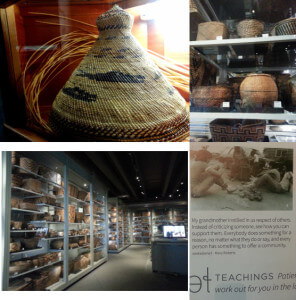 First the groups in BC were focused around the coast and islands.They seem to have been largely focused on fixed villages unlike the other First nations more to the east on the plains.So the main displays feature the carved totems the long houses weaving and box making.
First the groups in BC were focused around the coast and islands.They seem to have been largely focused on fixed villages unlike the other First nations more to the east on the plains.So the main displays feature the carved totems the long houses weaving and box making.
The cedar provided most of the material to be used for all of those activities.I was taken particularly by the box making.The boxes are made from a single strip of cedar.They are used for cooking,for treasured items and in some cases as coffins or mortuary boxes.Too much information for now but the important thing is that the MOA is a celebration of first nation culture and we saw evidence of it being used as a resource particularly for young people.
I was lucky enough to be brash enough to “crash’ a presentation given by a young Musqueam hip-hopper Christy Lee Charles.
I only caught the last two songs of her set but I also managed to get it on video. I felt like I was being Amanda Palmer and exploiting struggling musicians so I am sending a note to get her permission to share it. The point was the MOA was providing a venue for expressing her cultural view to other young first nation people.
I won’t carry on about the state of the First National Aboriginals except to say they have similar issues to the First Australians and they had there own “lost generation” that were sent of to boarding schools.Also the government in which they weren’t represented banned a certain set of rituals called potlatches – more later.
Anyway whilst there are too many exhibits to describe the key ones are the (totem) poles and actual long houses built on the grounds of the Museum. Also there is a huge carving presented in the centre of the building which was commissioned by the museum and represents the Haida version of the creation story.
Exhausted we tried to work out how to get back to our Vancouver home without a map.Testing but the Little General got us sorted. As we were waiting for the bus I noted that the Canadian sorry thing extends to their public transport.Whilst we are all used to seeing the Bus led sign saying “Not in Service”,theirs is preceded by Your guessed it the word “Sorry”.
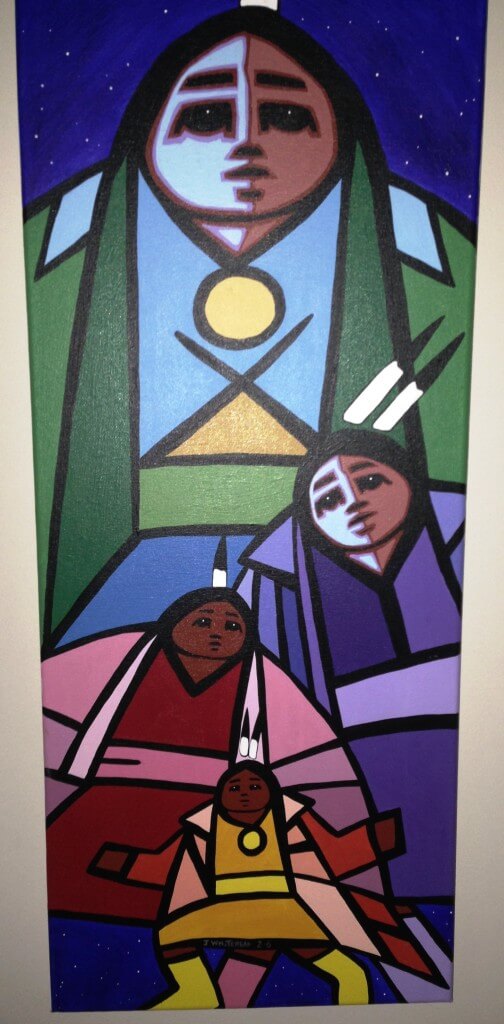
Made it home to join one of Ann’s art classes that she was holding in conjunction with a Cree Artist Jerry Whitehead. We gave him Holly’s book “Descendants of Coranderrk” interviewing indigenous people who are descendants of Coranderrk in the Yarra Valley, Australia.
Jerry responded by giving us a painting for Holly.
We had a great Salmon dinner cooked by Ann. Lots of conversation, fascinating conversation: Jerry and Ann had worked together on social projects.
and retired cultured out!!!
